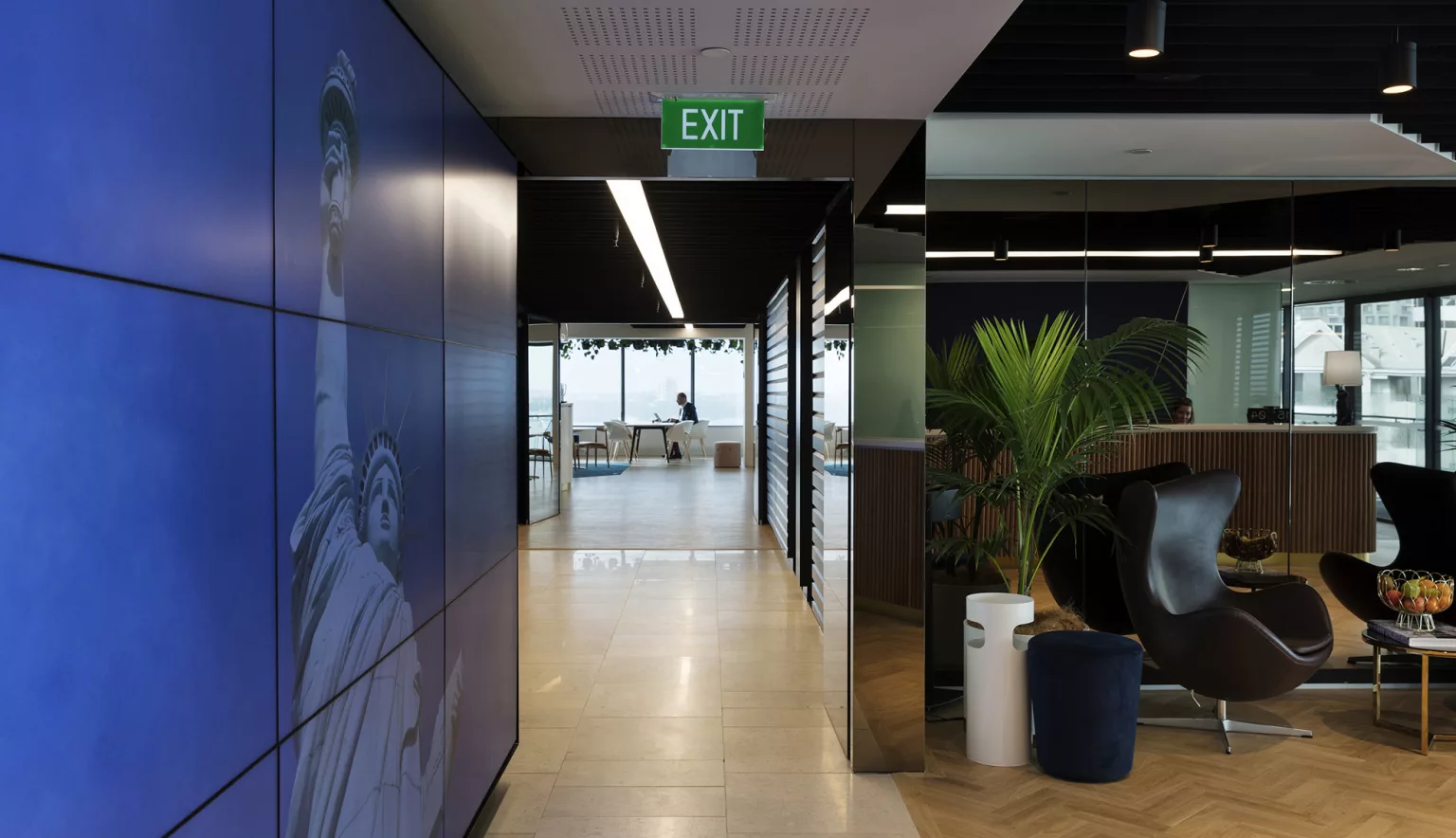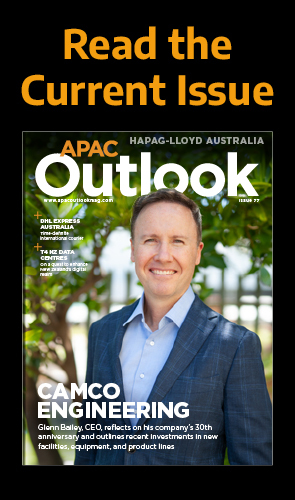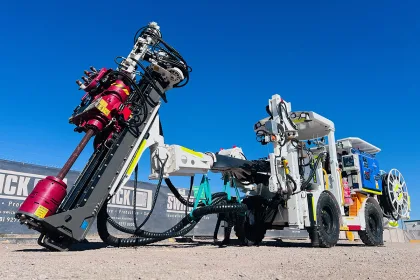Having reached its 80th birthday in what has been a tumultuous year, New Zealand’s CPRW is looking ahead to the next chapter in its development, one defined by agility, resilience and a willingness to explore new ideas.
80 NOT OUT
While being in business is both exciting and challenging at the best of times, this particular juncture has reminded us that you never know what lies around the corner and to take nothing for granted. It has also reinforced the importance of preparation and contingency planning.”
If 2020 has taught us anything, it is to expect the unexpected. When the first mutterings of the coronavirus outbreak emerged out of Wuhan province in China towards the end of 2019, few expected its impact to be reverberating almost a year later. What’s more, it is likely that 2021 will be equally defined by what is now a full-flung global pandemic.
The above words are spoken by David Morgan, Director at Auckland-based architecture and spatial design specialist CPRW.
A well-seasoned and well-travelled industry professional, Morgan is better placed than most to comment on the ins and outs of the building scene in his home country, New Zealand being praised for its decisive and effective containment of the COVID-19 virus.
However, such action brought with it inevitable consequences and the construction sector was not immune to the impact of a nationwide lockdown of services deemed non-essential.
“Prior to COVID, the construction and infrastructure sector in New Zealand was estimated to represent somewhere in the region of NZD$50 billion per annum,” Morgan explains. “However, reports have suggested that the June quarter saw an almost 26 percent drop of activity in our sector.
“We are fortunate that the diversity of CPRW’s client base means the ongoing potential risk and fallout from the COVID-19 pandemic has been spread out, although still felt.
“In May 2020, as New Zealand moved into our COVID response Alert Level 3, one of our projects, a $17 million upgrade of the Central Energy Trust Arena in Palmerston North received approval to proceed. In the process, this opened the door for about 100 jobs as work got underway.”
Other CPRW clients, especially those reliant on tourism and travel, have had to scale back investments, with deferrals on capital spending decisions adding to the air of uncertainty which Morgan, co-director Wade Jennings and their leadership team have had to contend with.
But the response has been pragmatic. “As a business we have made a point of identifying those things which we have the ability to control or direct – no matter how small – and focus our attention on those, while being there to support clients and collaborators in whatever capacity we can,” Morgan adds.
A MILESTONE YEAR IN MORE WAYS THAN ONE
The Director, who joined the firm in 2016 with business partner Wade Jennings, is equally determined to ensure the unprecedented events of 2020 do not detract from what has been a major milestone year.
“It is an extremely proud moment for all of us to play our part in what is a landmark year for CPRW,” Morgan continues.
“Celebrating a milestone like this for a business is not something very many people get to be part of during their working lives. That said, we must also acknowledge the contribution of those who not only laid the foundations for CPRW to begin with, but also those who have been a part of the team along the way.”
This prompts Morgan to highlight the work of one of the company’s founding partners, Horace Massey, who set up the business in 1940, known then as Massey Beatson Rixx Trott Carter & Co. Massey was a prolific architect and well-known throughout New Zealand, the post-war building boom of the 1950s seeing the company quickly develop into a national leader before being renamed Curtis Penman Read Williams in 1974, and then CPRW in
the 1980s.
To honour the 80-year anniversary, Morgan and the CPRW team have been busy enacting a rebranding exercise to be launched before the end of the year, the new-look CPRW representing a practice which looks ahead to the future as well as acknowledging the past.
“The quality of design, attention to detail and the maintaining of the highest standards that Horace Massey instilled in the practice cannot be underestimated,” the Director says with pride.
“Those founding principles are ones which we strive to embody in the work being done by CPRW now and in the future.”
Morgan’s own journey with the company, albeit relatively short, has brought about something of a change in strategic direction, one designed to unleash the firm’s undoubted potential and out of what he describes as a comfortable space.
Both he and fellow Director Wade Jennings had gained significant experience abroad in the likes of Europe and the Middle East before returning to New Zealand, the two design veterans in universal agreement about the scope of opportunity presented at CPRW.
“The firm had essentially evolved into a one client consultancy with a consistently steady workload focused on the retail, banking and financial services sector throughout New Zealand, with some projects also undertaken in Australia,” Morgan says. “It had operated very much under the radar while furthering its reputation for producing high quality design and documentation services as well as first rate levels of client service.
“When we joined the practice, with the support of the wider CPRW team – several of whom had been with the practice for in excess of 35 years – we immediately began to implement a strategy that included both growing and diversifying the client base.
“Another key part of the strategy was to ensure that team members, present and future, feel that the opportunities to work on a variety of project types and continued professional development are integral to support the growth in client base.”
Indeed, CPRW now works with an extremely broad base of clients spanning sectors which include tourism, sports and recreation, local government, housing, commercial property owners and developers, and real estate professionals, as well as professional services firms.
“But, at the end of the day, none of this change would have been possible without the support and encouragement of our clients and the wider CPRW team,” Morgan states proudly. “To a person, they have embraced the new direction taken by the practice and continue to make it possible for us all to take CPRW into territories which are mutually beneficial for us, our clients and collaborators, both new and old.
“While 80 years is undoubtedly a very significant milestone, we want to make sure that we do all that we can to ensure that CPRW is able to celebrate well into its second century while making a positive contribution to our built environments and the communities they support.”
A NEW CHAPTER
Another key consideration for Morgan and Jennings back in 2016 was finding the right balance between revolution and evolution for CPRW – in other words, the speed at which to embrace new technologies and ways of working.
This has been especially the case in relation to solutions such as building information modelling (BIM) and virtual reality (VR), and such technology can be used to facilitate early engagement with clients and project teams.
In relation to the latter, CPRW has created its own platform called VRTUE (Virtual Reality Touchstone for User Experiences).
It provides animated VR experiences which assist in the analytical evaluation of the design, function, future flexibility, and capacity of new built environments, what Morgan terms a next level use of the technology in the architecture and spatial design fields.
“Our VRTUE animations provide an intelligent, interactive platform for the observation and analysis of how future environments might perform and how users will likely behave,” he adds. “This enables the many and varied stakeholders, each with a different perspective, to provide informed and constructive first-hand feedback on any proposed design.”
The benefits of this advanced information and feedback gathering mechanism are numerous and measurable, the overall impact being a much closer, collaborative relationship with clients across the design process.
An example of virtual reality in action can be seen at a project in Auckland for client Generator and its workspace in the city’s central business district – Generator Britomart Place (GBP).
Here, CPRW utilised VR throughout the design process to aid and inform both planning and aesthetic related decisions with the client. Further, the Generator marketing and sales team were able to give prospective residents an exciting taste of their future workplace via a virtual tour.
It is a project which instils a deep sense of pride within Morgan and the CPRW team, not only because of the successful deployment of VR, but the results it has helped to achieve.
“We completed concept design in December, full production information by March, and the co working space opened in June,” the Director says.
“Our client teams from across many projects, but especially Generator, were genuinely appreciative and embracing of the opportunity to climb into the VR environment and achieve almost instantaneous buy in of the proposed concept and planning strategy. This also allowed Generator to use the technology as a sales and marketing tool to enable leasing of space before the physical product was completed.”
The project itself involved the repurposing, repositioning, and regeneration of 3,000 square metres spread over three contiguous floors.
“We facilitated this through the design of a unique, premium coworking environment, a new level of sophistication and user experience in an increasingly competitive sector, populated by a variety of providers and offerings,” Morgan continues.
“Generator Britomart Place needed to provide the level of agility and flexibility necessary to support a diverse range of residents and external users, while remaining true to the co-working ethos.”
The aesthetics of the development included solid oak flooring, recycled fishing net floor tiles, bespoke leather and timber wall panels, bronze tinted mirrors and hanging gardens, to name but a few features. CPRW also added a bistro to offer a new dining experience.
BUILT ON COLLABORATION
The project for Generator, as with all CPRW developments, demonstrates the strength and importance of collaboration between CPRW and its suppliers and partners.
“Partner and supplier relationships are an integral part of everything we do,” Morgan states. “From software licensing to round table working sessions with main and sub-contractors, plus everything in between, each stage of a project’s lifecycle relies on the integrity of these relationships and the clear, open communication that supports them.
“Our supplier partners are also able to provide valuable insights as to how and where we as a business might be able to achieve operational efficiencies as they view our workflow and outputs from a different perspective.
“And importantly, when something does not work or breaks down, they ensure that we and our clients are able to maintain a ‘business as usual’ status by providing the same level of support and service that we in turn are ready to provide to our clients.”
Indeed, this network of partnerships will be critical moving forwards as CPRW seeks to build on its 80-year foundations, a key priority for Morgan being to ensure that quality is not compromised and attention to detail is maintained through these uncertain times.
This is another reason to ensure cooperation up and down the supply chain remains resolute, with dialogue between employees and clients also paramount if all parties are to successfully navigate the challenges which lay ahead.
But Morgan is optimistic. Concluding the conversation, he looks ahead to the next chapter of CPRW’s story.
“We remain positive about our future project pipeline, but cognisant of the fact that we must (as always) continue to identify and develop new opportunities and relationships,” he says.
“At the same time, we need to demonstrate sensitivity and understanding in relation to the position others might find themselves in and the fact that decision process will invariably take longer than it might in more normal circumstances.
“There is an abundance of well-known quotes which bear relevance to the situation we find ourselves in at the moment, not to mention the opportunities that might present themselves from known and unknown quarters. Regardless, it is exciting to know that there will be better days ahead for us as a sector, a country and a global community.”




































